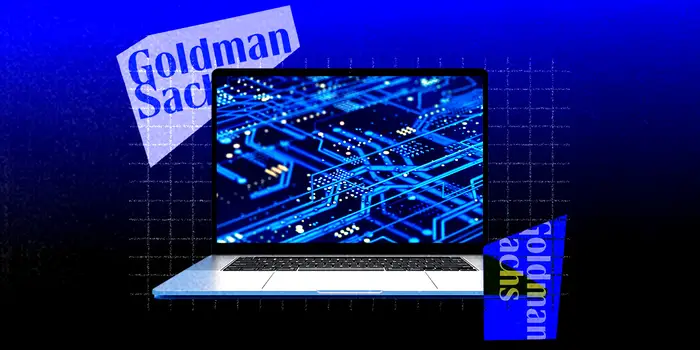As fast as some jobs are growing, others are losing steam

Happy Labor Day! I’m Jordan Parker Erb, filling in for Dan DeFrancesco. In observance of the US holiday, we have a shorter edition of the newsletter. (It is Labor Day, after all.) We’ll be back in full force tomorrow.
Speaking of labor, in today’s big story we’re looking at the fastest-growing (and fastest-shrinking) jobs in the United States.
If this was forwarded to you, sign up here.
The big story
Get ’em while they’re hot

It’s a great time to be a wind turbine service technician (or a solar photovoltaic installer, or a nurse practitioner).
According to new projections from the Bureau of Labor Statistics, those are the top three fastest-growing jobs in the country over the next decade, writes B-17 Madison Hoff.
For many job seekers, landing a new gig has proved challenging as hiring cools and competition intensifies. But looking at where the labor market is headed could help job hunters find industries in need of workers.
Careers in solar and wind power will feel the love in the next decade as America looks to renewable energy. Wind turbine service technicians are expected to see an increase in employment of around 60% by 2033.
Other jobs, particularly those in healthcare, remain wise career choices. Nurse practitioners, physician assistants, and physical therapist assistants also made the list of fastest-growing jobs.
But just because there are going to be plenty of jobs doesn’t mean they’ll pay well. The number of home health and personal care aides is expected to rise 20.7% by 2033, but the median annual wage is $33,530, well below the national median.
However, B-17 ran its own methodology to uncover the 20 jobs that are growing fast AND high paying in the US.

Then, of course, there’s the other end of the spectrum. As fast as some jobs are growing, others are losing steam.
According to the BLS data, word processors and typists will have the hardest time finding work in the next decade. As the fastest-shrinking job, employment among typists is expected to fall 38% by 2033.
In what will likely come as a surprise to no one, the BLS pointed to a familiar trend as being partially responsible for the losses: Artificial intelligence.
The fear of being replaced by AI is nothing new. Labor experts recently told B-17 that the tech could displace as many as 12 million workers by 2030. Even AWS’ CEO said that most developers could stop coding soon as AI takes over.
Workers may have one saving grace (for now): MIT recently found that AI is simply too expensive to steal many jobs. So while your job may be safe for the immediate future, it may be time to start looking into a hot new career path. (Time to become a solar photovoltaic installer!)
In other news
- IDF recovers bodies of 6 hostages from Gaza tunnel, including a US citizen whose parents spoke at the DNC.
- Elon Musk’s X ordered to stop operations in Brazil.
- The next would-be assassin may be a drone pilot. US law enforcement doesn’t look ready.
- Nvidia might actually lose in this key part of the AI chip business.
- View CEO Rao Mulpuri, who saw the glassmaker go from investor darling to declaring bankruptcy, has resigned.
- Japan is having a hard time convincing employees to take 4-day workweeks.
- Inside the legal battle over the fate of the biggest supermarket merger in US history.
- ‘Something has been changing’: Why a top economist is still worried about a recession even as the US economy keeps growing.
- The Fed will go bigger with rate cuts than markets think, Citi economist says.
- I’m a Harvard senior who balances college and my OpenAI-backed startup through these 3 productivity tips.
- Facebook’s surprise change to its classic icon was just a glitch.
The Insider Today team: Dan DeFrancesco, deputy editor and anchor, in New York. Jordan Parker Erb, editor, in New York. Hallam Bullock, senior editor, in London. Milan Sehmbi, fellow, in London. Amanda Yen, fellow, in New York.






